The indigenous Filipino lives on in Kadayawan
The Kadayawan Festival is a vibrant celebration in Davao City rooted in the indigenous peoples of Mindanao
At A Glance
- The Kadayawan Festival is not just a celebration or a tourist attraction—it's proof of a living, thriving culture. The festival keeps whole worlds of ideas, beliefs, and communities from turning into quiet memories, or an overlooked section of a dusty history book.
By ALEX AMANSEC
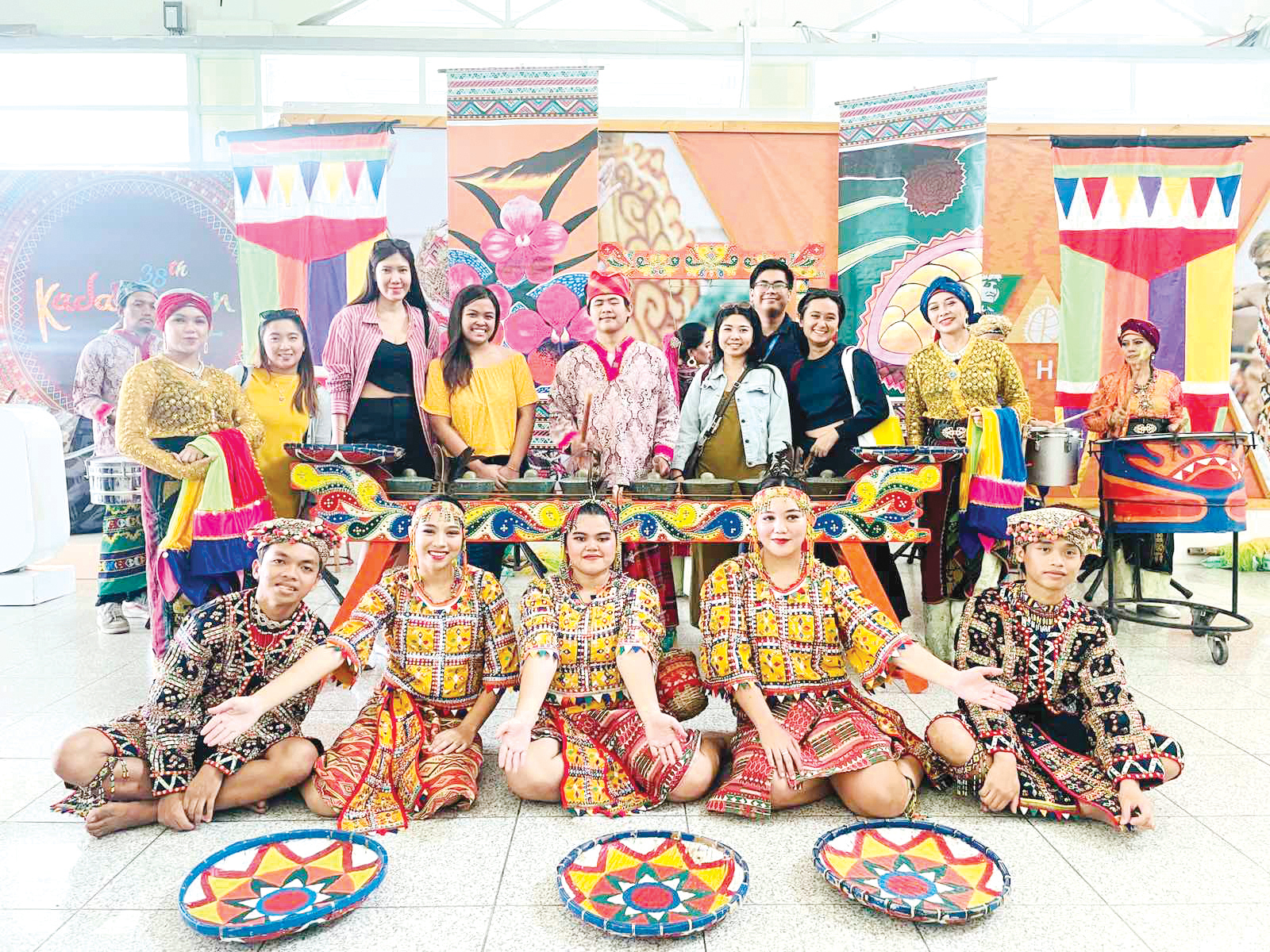
“Mabuhay ug madayaw!” is how you will hear people greet you everywhere you go in Davao. Theirs is a heightened version of the usual “mabuhay”—which already translates as “live”—by appending the word “madayaw,” meaning “beautiful.”
Our Cebu Pacific aircraft took exactly, if not less than, two hours to fly from Manila to Davao City. Upon landing, we were welcomed right away by the sounds of kulintang music—a gong and drum ensemble—that accompanied the energetic, open-armed movements of a group of tribal dancers performing a cultural dance. I knew at once that this was going to be a great trip.
As someone who grew up in Metro Manila, it’s not every day that I get to encounter pre-colonial Philippines. The furthest I get would usually come from school history textbooks and museum displays that, I won’t lie, limit our pre-colonial cultures and communities to facts that seem almost mythical, ancient, and foreign. I would like to think that this might be because of the Philippines’ geographic history: The Spaniards were able to conquer most of the Luzon and Visayas islands, converting the people of the lowlands to follow its Christian practices and traditions during its 333-year reign. The ancestors of the indigenous tribes of Mindanao, however, were tenacious and thankfully stubborn.
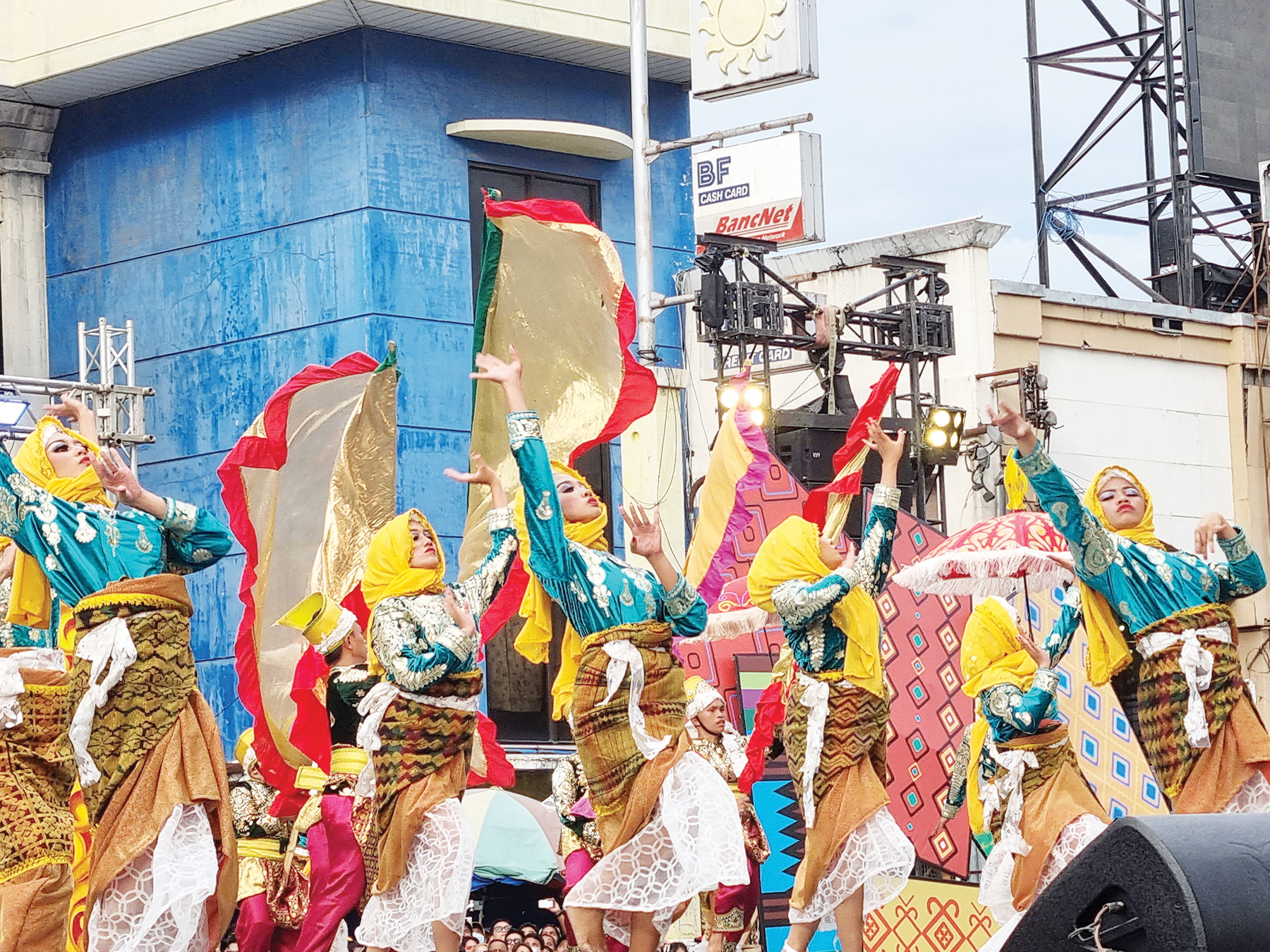
During my stay in Davao City, I was taught how only a fraction of Mindanao was under Spanish rule for the last 50 years before the 1898 revolution began—the rest of the island remained out of reach. That’s why they are still here.
That’s why Davao must be recognized.
Besides being home to one of the safest cities in the world with its low crime rate and remarkably clean streets, the officials of the region make every effort to ensure the cultural preservation of their 11 indigenous, ethnolinguistic tribes. The annual Kadayawan Festival plays a big role not just in its preservation, but also as a means of promotion, and an invitation for people from all walks of life to take part.
How did the Kadayawan begin? “It used to be the celebration of the tribes of Davao, they [each] have their own. Kasi August is usually the month of harvest,” says journalist Ian Garcia. “Officially, after the EDSA Revolution in 1986, the city, in the aim of attracting tourists, created a festival called ‘Apo Duwaling.’”
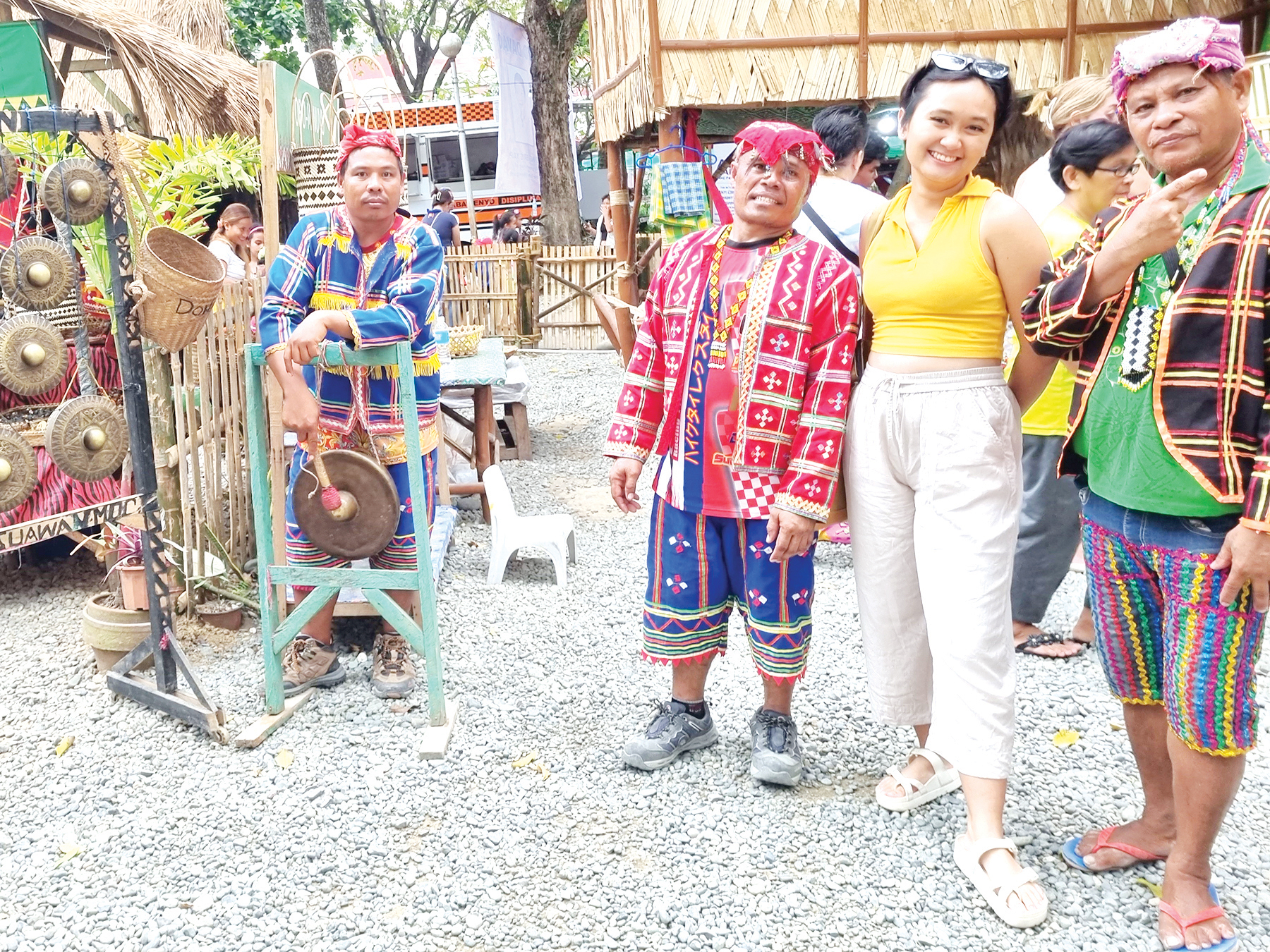
The name originates from a creative combination of the icons of Davao City: Mount Apo, the Durian, and the Waling-Waling orchid. Then, in 1992, they turned the celebration into the Kadayawan Festival. “From a celebration of the icons of Davao, naging celebration of harvest, hanggang eventually binalik siya sa tribes (it became a celebration of harvests, until it was returned to the tribes). Kasi ’yun naman talaga ang [core] ng Kadayawan (because the tribes are the core of Kadayawan),” adds Ian.

You don’t need to go to the far mountains to get the full experience. When in Davao City, especially during Kadayawan, immersion with the culture of the region is easy. The Kadayawan Tribal Village, for example, is set in the Magsaysay Park, allowing locals and tourists to experience the rich culture of their indigenous and Muslim tribes. From traditional houses to clothing, crafts, music, and dances, each tribe has a space in the park that offers a unique opportunity to interact with their people: I was able to meet the Obu-Manuvu tribe, who taught me one of their dances that imitated the walking movement of the tikling, one of the Philippines’ native bird species. I stepped into the traditional house of the Iranun tribe, who are the direct descendants of Sultan Dipatuan Kudarat, and was welcomed to play a few notes on their kulintang. Most memorably, with the help of tour guide Paul Caliso, I asked the members of the Ata tribe why music and dance is important to their culture. Their answer was because it’s part of them. “Kung mawala ’yun, mawawala ang kultura (If we lose it, we lose our culture),” he said.
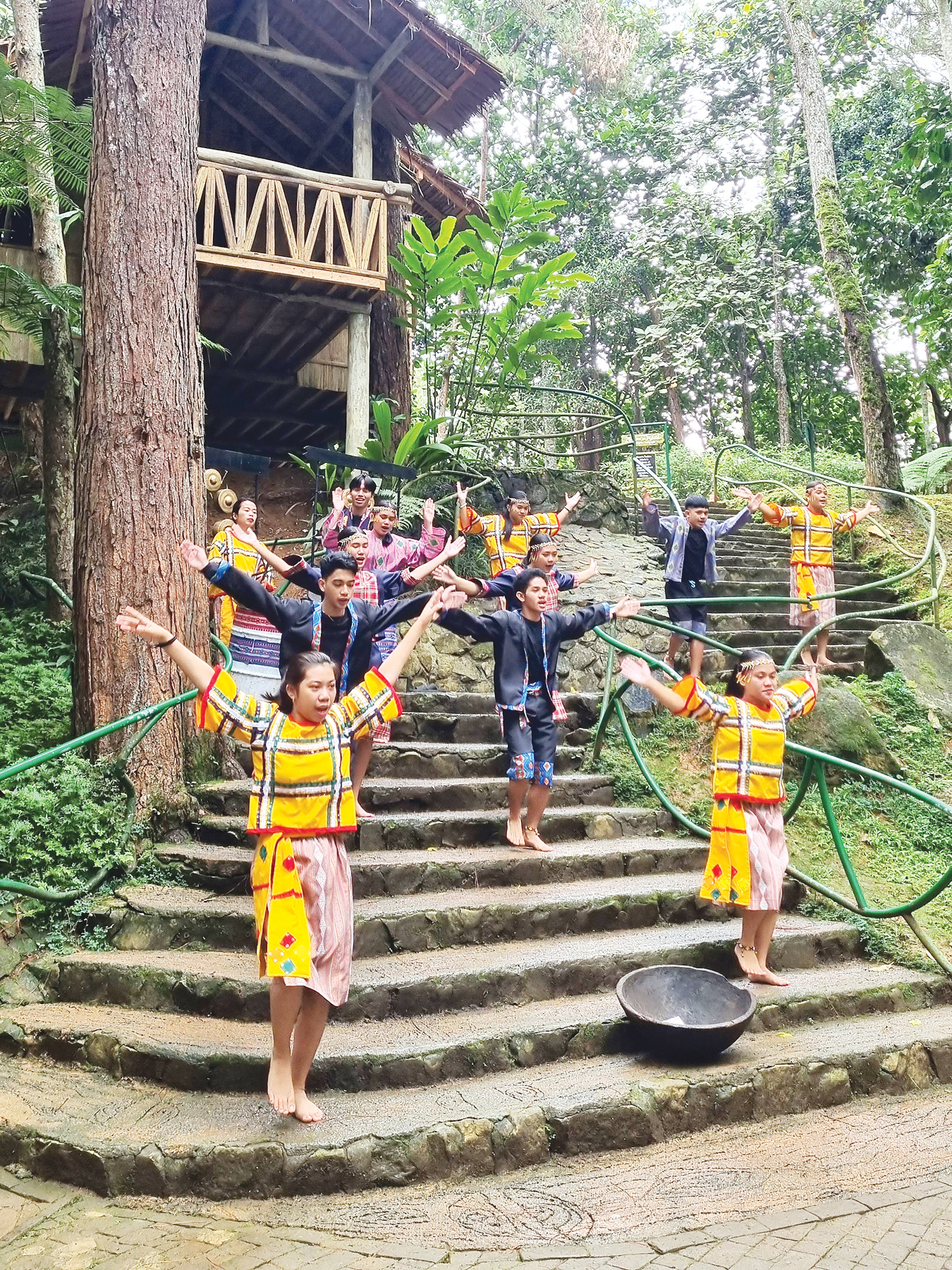
Culture in Davao permeates everything. Every morning during breakfast at the Royal Mandaya Hotel, a group of T’boli and Maranao dancers would put on a mesmerizing performance for the guests to experience. At the foot of Mt. Talomo is the Eden Nature Park and Resort, while touring us around their 75-hectare, man-made forest haven, a group of students showcased a dance that depicted a culture of farming and harvest. They also featured an area with statues that each represent the diverse tribes of Mindanao.
Many of the major roads of the city were soon blocked off to make way for the biggest events of the festival. Roaming the crowded streets before the main competition in San Pedro Square, Indak-Indak sa Kadayawan was the highlight of everyone’s Saturday afternoon. Through grand theatrical routines, intricate choreography, and live instrumentals, 19 contingents from all over Mindanao gave their all in performances that each told a unique, full story arc about their people, referencing indigenous traditions and rituals. The high energy of the performers was contagious, and the detail of the costumes and props was especially jaw-dropping.
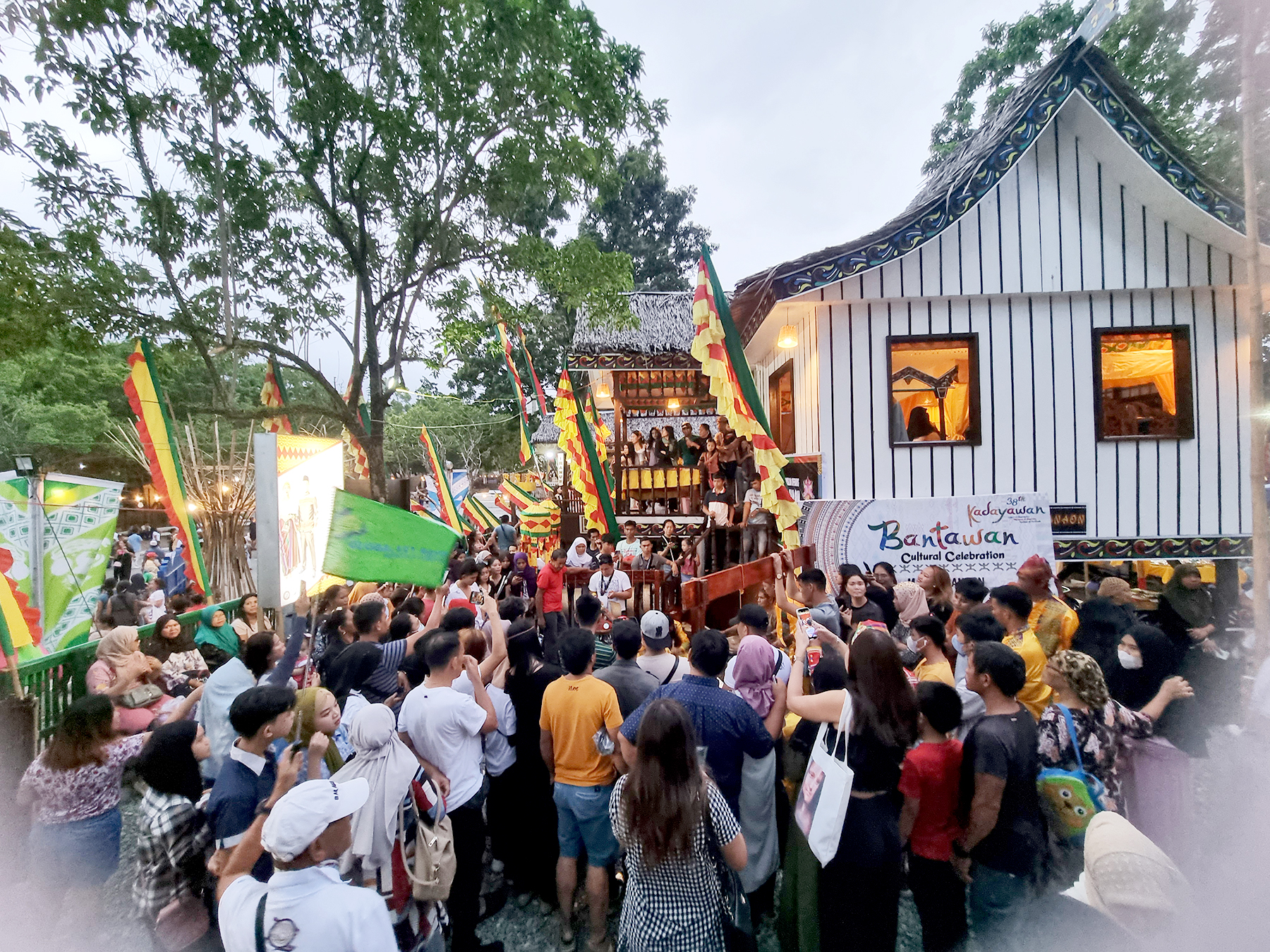
The festival carried over into the sunny Sunday morning with the blooming parade of the Pamulak Kadayawan. Gigantic and vibrant floats drifted through the festive city streets, adorned with fresh flowers, fruits, and vegetables in celebration of nature’s bounty, beauty, and blessings. Along with marching bands, face painters, and guest celebrities, the event created a jubilant atmosphere that everyone was part of.
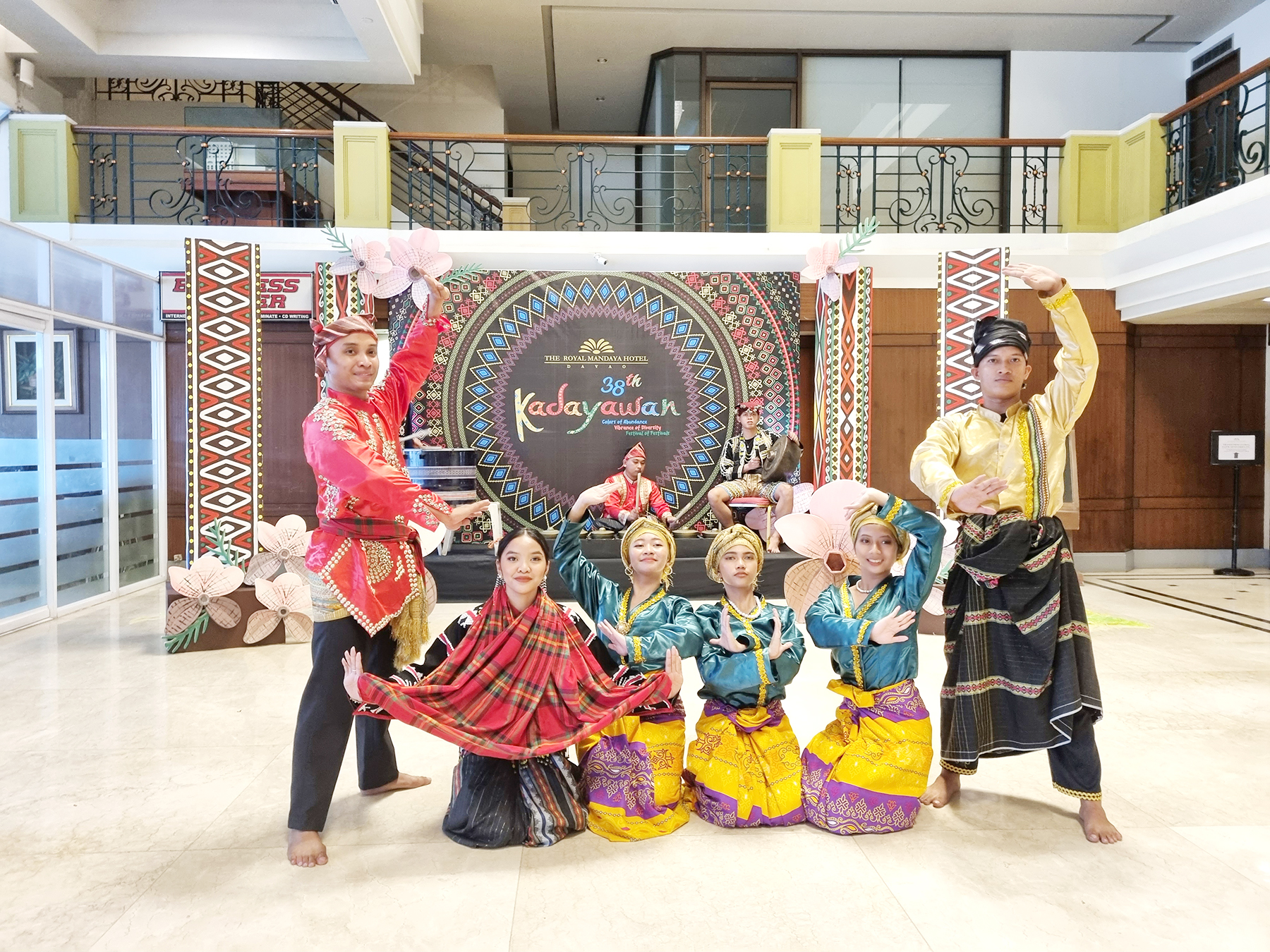
The Kadayawan Festival is not just a celebration or a tourist attraction—it’s proof of a living, thriving culture. The festival keeps whole worlds of ideas, beliefs, and communities from turning into quiet memories, or an overlooked section of a dusty history book. The people who come to witness the festival naturally then become an extension of the culture, an echo of the loud and lively music that persists even after it comes to an end. So, if you want to see the true face of the pre-colonial Philippines, come to Davao City—come to Kadayawan. As the greeting implies, everything about the Filipino is beautifully alive.